10 Best Project Cost Management Software for Budget Control in 2025
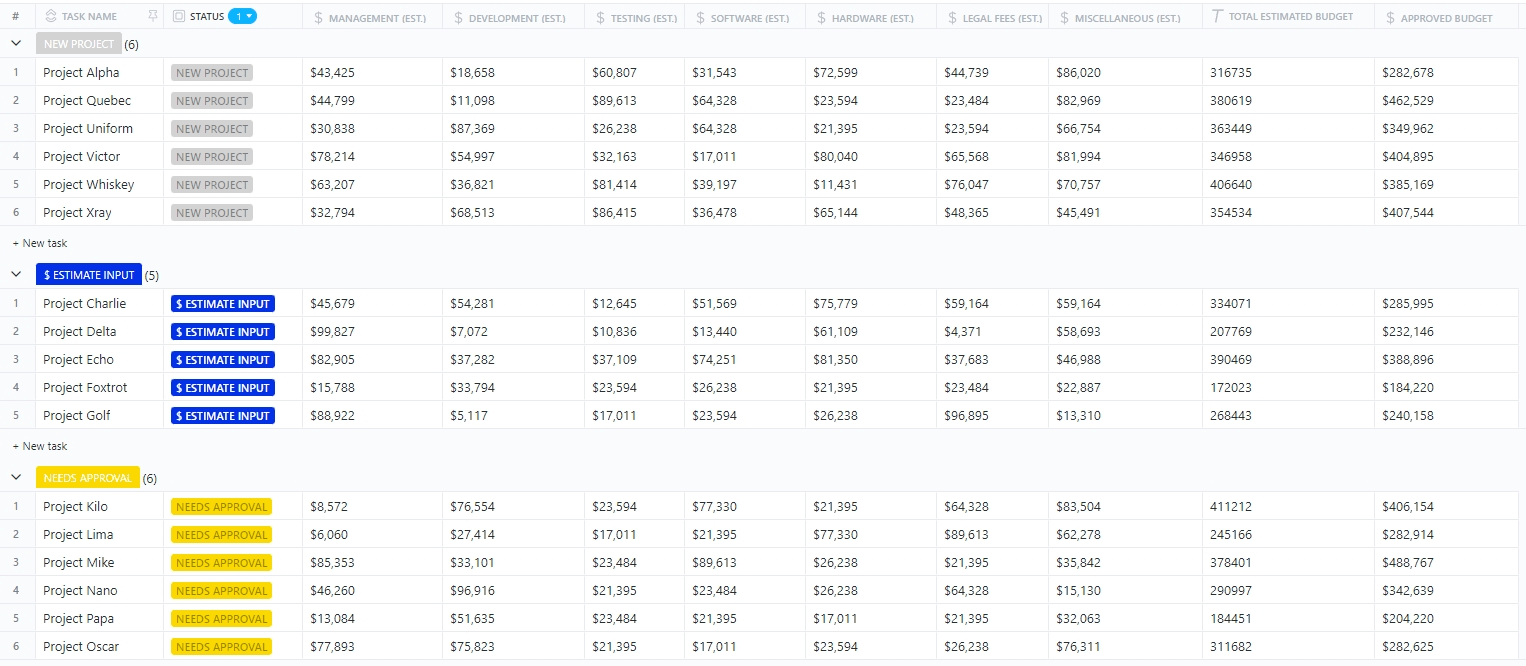
Sorry, there were no results found for “”
Sorry, there were no results found for “”
Sorry, there were no results found for “”

Does your budget feel like a leaky faucet? It’s constantly dripping, and you’re never quite sure where the water is going. This is a common struggle. Project costs can spiral out of control if you don’t closely monitor them.
Luckily, some software solutions are designed to help you plug those leaks—track budgets, forecast expenses, and make data-driven decisions before minor issues snowball into major financial headaches.
But with so many options, how do you pick the right one? Some are built for meticulous number-crunchers, while others cater to teams that want a simple way to stay on budget.
This blog post will take varying preferences into account and explore effective project cost management tools for keeping costs in control—in a way that works for you.
| Tool | Best for | Key features | Pricing* |
| ClickUp | All-in-one project cost and AI-powered work management for startups, SMBs, and large teams | Cost tracking, templates for cost management, time tracking, dashboards, and integrations with QuickBooks | Free forever; customizations available for enterprises |
| Scoro | End-to-end business and financial management for professional services teams of all sizes | Real-time reports, customizable dashboards, and integration with accounting software | Plans start at $23.90/user per month |
| Productive | Agency profitability and cost tracking for small to mid-sized agencies | Financial reports, billable/non-billable hours tracking, resource management | Free; paid plans start at $11/user per month |
| Microsoft Project | Enterprise-level project budgeting and scheduling | Cost estimation, AI-powered scheduling, and integration with Microsoft 365 | Free; paid plans start at $10/user per month |
| Procore | Construction cost management for mid to large general contractors and subcontractors | Real-time cost tracking, detailed cost insights, and change management | Custom pricing |
| Sage | Integrated finance and cost control for accounting teams in mid to large businesses | Automated invoicing, real-time transaction tracking, and tax compliance | Custom pricing |
| Anaplan | Scalable financial planning and forecasting for global enterprise teams | Real-time data modeling, scenario analysis, ERP/CRM integration | Custom pricing |
| Teamwork.com | Client-centric budgeting and time tracking for small to mid-sized client service teams | Task tracking, centralized communication, and integrations with Slack and Google Drive | Free; paid plans start at $13.99/user per month |
| Jedox | Advanced financial modeling and planning for finance teams in mid-market to enterprise settings | Budgeting automation, real-time data analysis, Excel/ERP integration | Custom pricing |
| Workday Adaptive Planning | Real-time financial forecasting and budget visibility for enterprise finance and HR teams | Automated financial planning, scenario analysis, ERP/CRM integration | Custom pricing |
Picking the right project cost management software can be hard. You need it to be simple enough to understand and operate, without slowing down your workflow…and advanced enough to plan, control, and optimize costs beyond performative number-crunching. So, what makes a good fit?
Look for software that offers:
📖 Also Read: Outstanding Estimate Templates for Accurate Cost Predictions in ClickUp, Excel, and Word
Our editorial team follows a transparent, research-backed, and vendor-neutral process, so you can trust that our recommendations are based on real product value.
Here’s a detailed rundown of how we review software at ClickUp.
Based on the above checklist and complemented by thorough research, our list of tools below ensures your project budget and expense management behave as expected—no runaway expenses here!
Project cost controlling can feel like holding onto a handful of balloons in a windstorm—just when you think you’ve got it, something drifts away.
ClickUp steps in to tighten the grip. As the everything app for work, it gives you the tools you need to easily track, manage, and optimize your project budget.
ClickUp’s Project Management suite is a powerful platform that integrates all your work—tasks, timelines, and budgets—into one collaborative, AI-backed workspace.
From setting project goals to tracking milestones and managing resources, ClickUp helps teams move faster, stay aligned, and deliver better results. It helps you keep every dollar accounted for throughout your project lifecycle. Let’s see how.
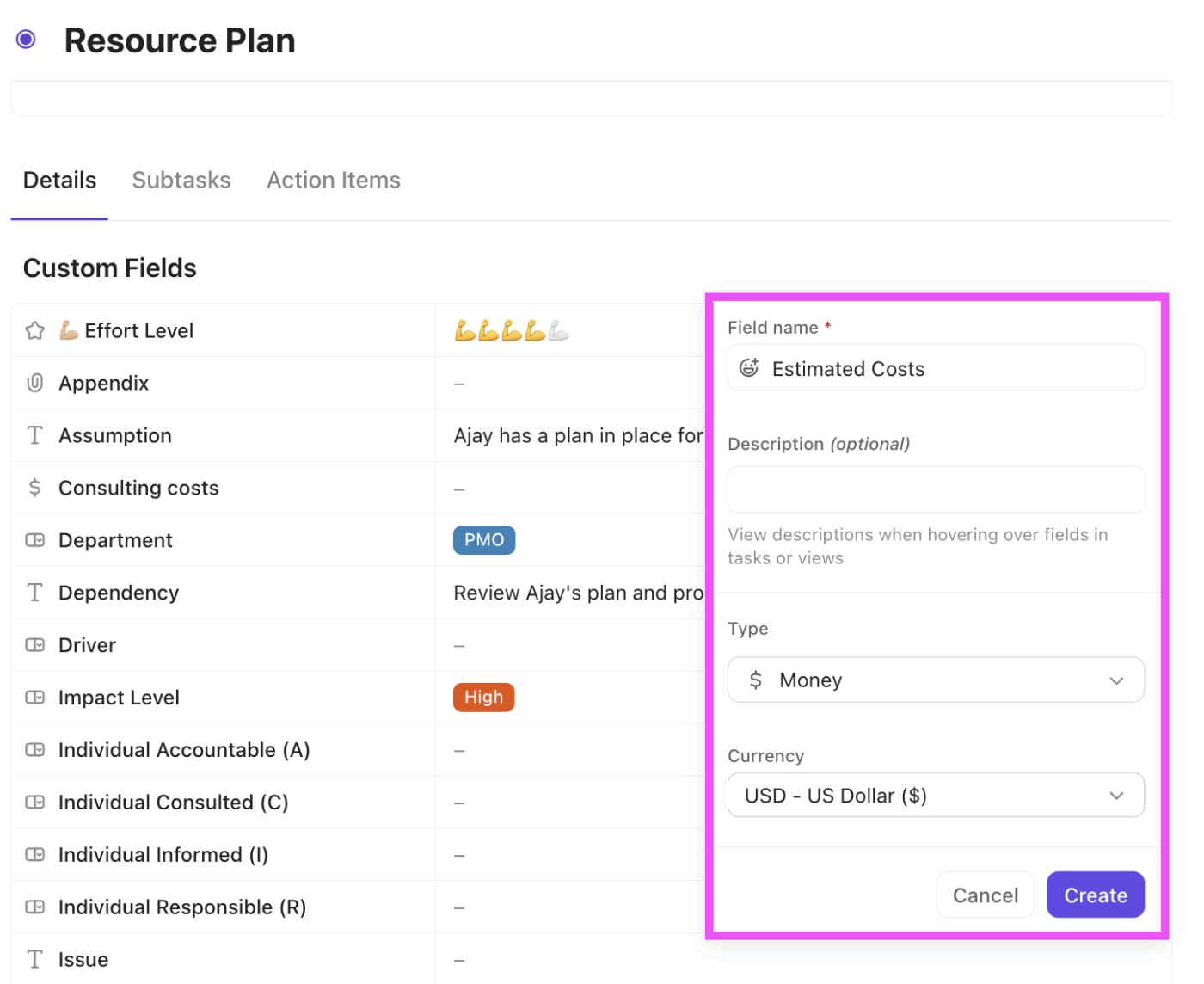
ClickUp’s Custom Fields are the backbone of flexible cost tracking. You can create dedicated fields for estimated budget and actual spending, plus track labor costs, material expenses, and even client billing rates—all within your task view.
Want to track the cost per task or per assignee? Just add a numeric or currency field.
Even better, you can group, sort, and filter tasks based on these cost fields to spot patterns, identify overages early, and prioritize high-cost items. And when you want to zoom out, these fields seamlessly feed into ClickUp Dashboards—so you always have a real-time view of budget health across projects, phases, or departments.
💡 Pro Tip: Need to calculate profit margins or budget variance? Combine your currency fields with Formula Fields to crunch numbers automatically.
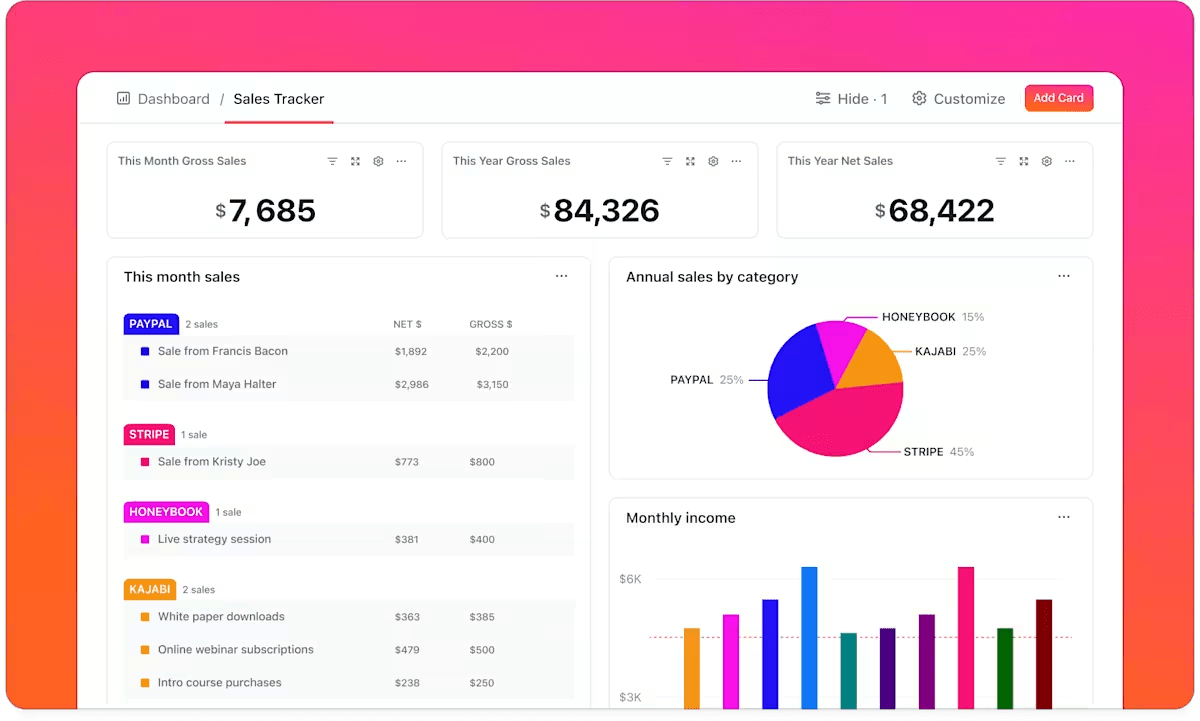
Get a real-time view of budgets, expenses, and financial forecasts. No more digging through spreadsheets or switching between apps. ClickUp Dashboards are your command center.
Add custom cards to track:
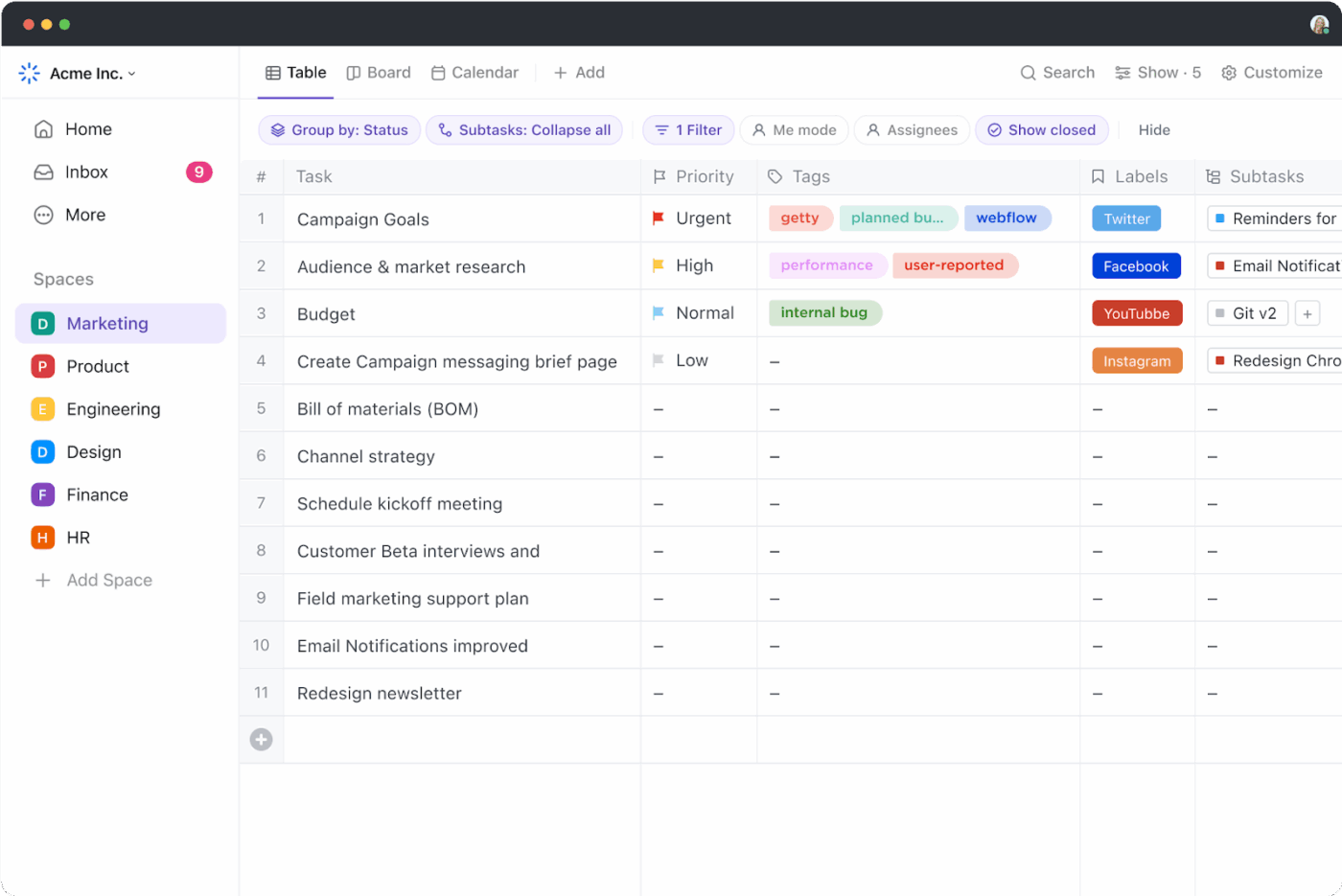
Track costs, compare budgets vs. actuals, and quickly spot where you’re overspending. ClickUp’s Table View is like a spreadsheet—but smarter and way easier to manage.
Organize expenses by:
You can sort and filter these views to spot spending trends or flag unauthorized purchases.
Generate automated reports to see trends, identify risks, and adjust budgets before small issues become big problems. ClickUp’s reporting tools and AI assistant, aka ClickUp Brain, turn raw data into clear insights:
ClickUp Brain pulls real-time data from your Custom Fields, time entries, and task statuses to generate on-the-spot reports, summaries, and even visual breakdowns. It can also auto-generate executive summaries for stakeholders or help you prep for budget reviews by identifying high-cost outliers or delayed tasks with financial impact.
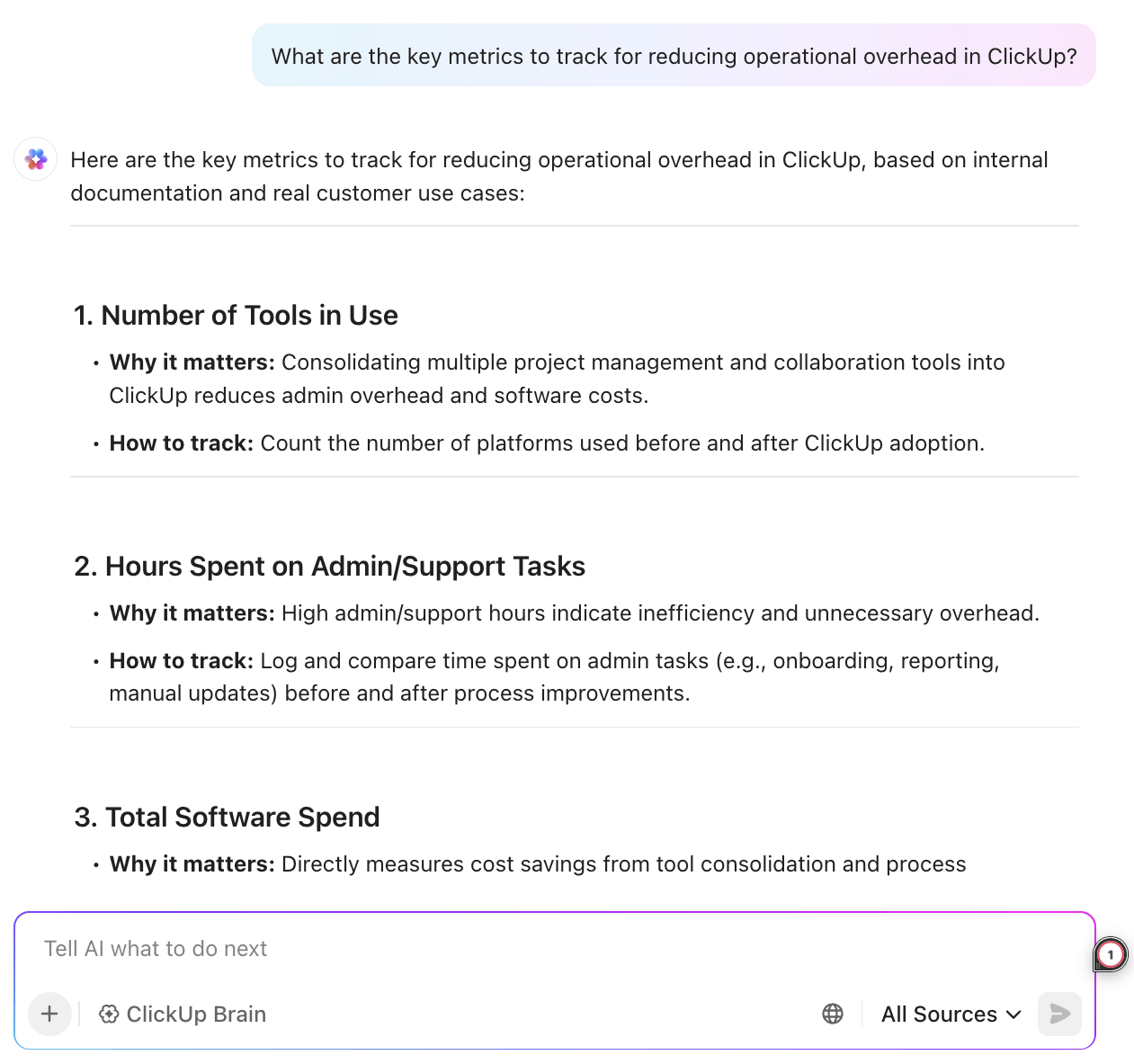

Monitor billable hours, project costs, and team efficiency with ClickUp Time Tracking.
The built-in time tracker helps control labor expenses by:
Whether you’re managing client work or internal initiatives, ClickUp’s budget and costing templates help you stay organized and accountable.
For instance, ClickUp’s Project Cost Management Template offers
Meanwhile, the Project Cost Analysis Template by ClickUp helps track:
A TrustRadius review for ClickUp shares:
Managing projects or tasks, tracking org-wide goals, and communicating with other departments or teams definitely improved in time savings and cost benefits due to transparency on the projects. We can provide support to the bottlenecks or perform tasks in advance because there is visibility of what’s next.

Scoro is an all-in-one platform for managing projects, budgets, and business finances. It lets you create custom workflows, reports, and dashboards tailored to your unique business needs.
From quoting and budgeting to time tracking and invoicing, Scoro ties every activity to your bottom line. You can set cost and revenue targets per project, automate recurring billing, and use prebuilt or custom real-time dashboards to track profitability at a glance.
A TrustRadius review reads:
We prefer Scoro as it’s faster and easier to use and learn. Also the fee structure makes a lot of sense for a smaller company.
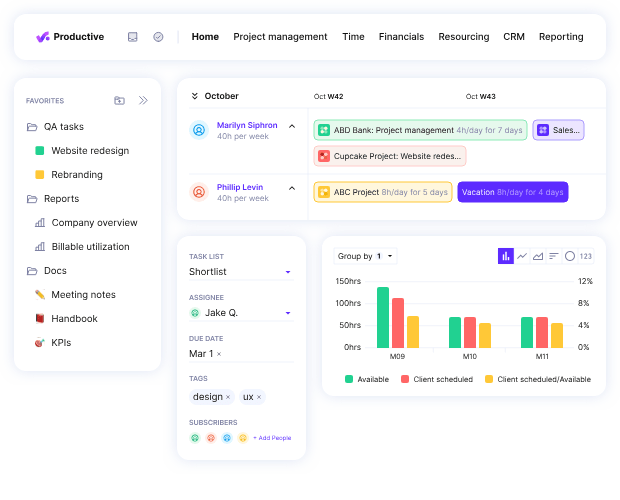
Does your team handle multiple projects, clients, and budgets simultaneously, making profitability tracking a challenge? Productive is explicitly built for service-based businesses, offering an easy way to manage project finances and resource allocation.
With its data-driven insights and automation, agencies can eliminate guesswork and focus on growth without losing financial control.
A G2 user says:
The ability to set recurring budgets for monthly retainers was the deciding factor for us – something we rely on strongly as an agency.
The tool is easy to use, with integrations with a large amount of other tools – including Xero.
💡 Pro Tip: Don’t just set a budget and forget it! Hold weekly or biweekly budget check-ins to stay on track and make adjustments as needed. Consistent monitoring helps prevent costly surprises.
Microsoft Project is an ideal solution for managing large-scale, complex project budgets. Built for enterprises, it offers advanced budgeting, resource management, and forecasting tools to keep projects on track financially.
This project management software provides a structured yet intuitive layout, allowing project managers to track costs effectively, even without a financial background.
A Capterra review reads:
Overall using Microsoft Project has been an easy and efficient way to manage the projects I oversee. It’s a breeze to get started and because everyone has to use Microsoft it’s easy to connect with team members.
📖 Also Read: Project Management Challenges And How To Solve Them
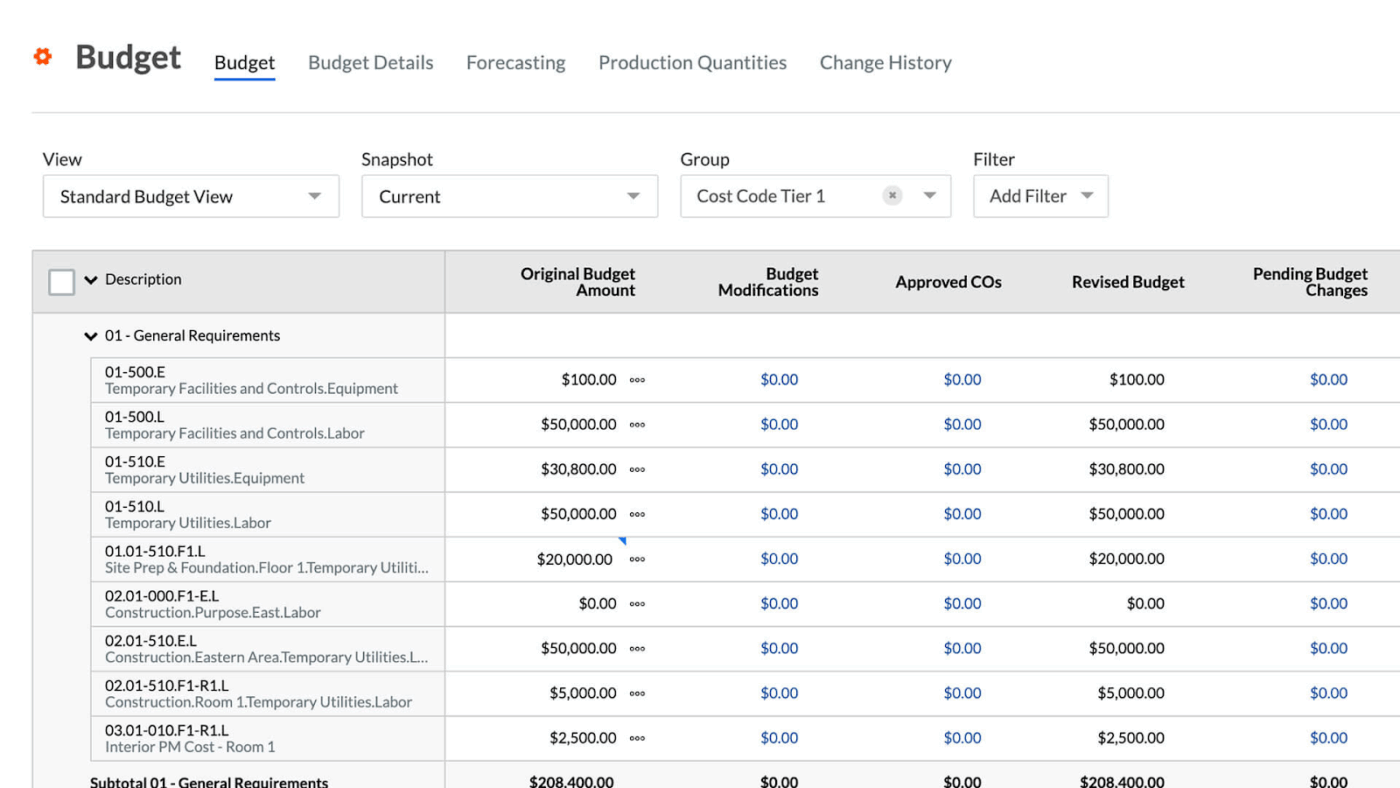
Have you ever felt like construction budgets have a mind of their own? Materials spike overnight. Subcontractors extend timelines. Change orders pile up. And suddenly, that rock-solid budget you signed off on? It’s buried under unforeseen costs, delays, and guesswork.
Procore is a powerful construction cost management software built to keep projects on track, budgets in check, and teams integrated in such situations.
With real-time cost data collection, project managers can quickly catch overruns before they spiral out of control. Designed specifically for construction projects, Procore also tackles compliance and budget tracking.
A G2 review reads:
The software provides excellent visibility into project financials, helping us catch issues early and stay on top of change orders and budget forecasts. The integrations with other tools, including accounting platforms like QuickBooks and Sage, reduce double entry and data inconsistencies.

Unlike tools that treat budgeting as a surface-level feature, Sage gives you granular cost tracking across jobs, phases, cost codes, and vendors—all tied directly into your general ledger. You can manage estimates, commitments, subcontracts, change orders, and actual costs in one place, keeping accounting and operations in sync.
Its robust forecasting and WIP reporting tools help you monitor project profitability in real time, spot cash flow issues early, and ensure compliance with financial standards.
A G2 review says:
Sage Intacct offers a wide range of features, but I use the Custom Report Builder almost daily. It’s an incredibly powerful tool that makes it easy to implement new ways of reviewing financials.
🧠 Fun Fact: The Project Management Triangle, often called the ‘Iron Triangle,’ illustrates that you can have a good, fast, or inexpensive project—but not all three.
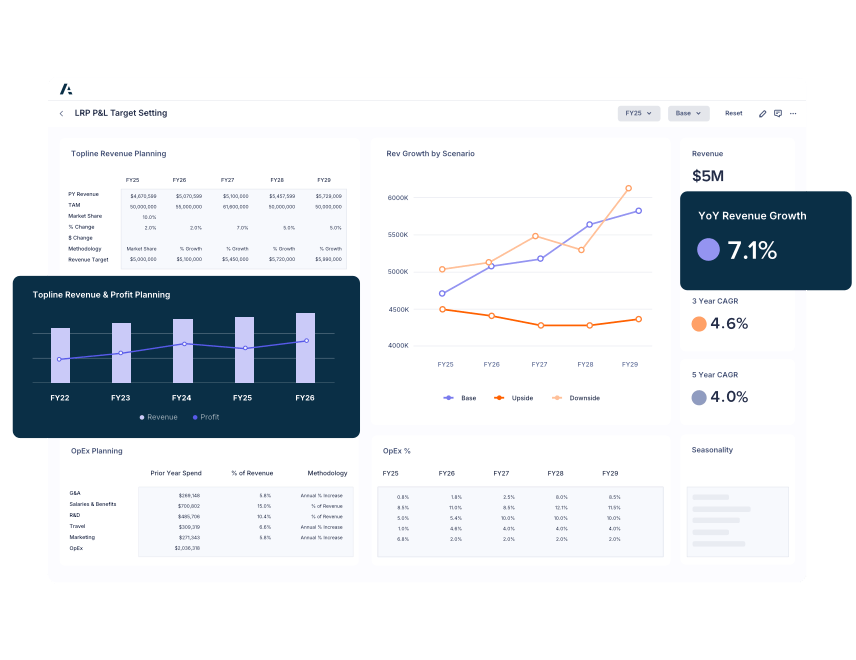
Anaplan goes beyond budgeting—it’s a platform for connected project planning across your entire business. With Anaplan, you can build complex financial models, run ‘what-if’ scenarios, and understand how changes in one area ripple across your project or organization.
It’s like having a crystal ball for your project finances, helping you spot potential problems before they happen.
Here’s a G2 reviewer’s opinion:
Anaplan allows for finance teams to have a single source of truth for budgeting. Being a cloud-platform, hundreds of users can work on a single budget plan at a time.
🧠 Fun Fact: The ninety–ninety rule humorously observes that the first 90% of a project’s code development consumes 90% of the allotted time, while the remaining 10% of the code also requires 90% of the time, leading to a total of 180% of the planned schedule.
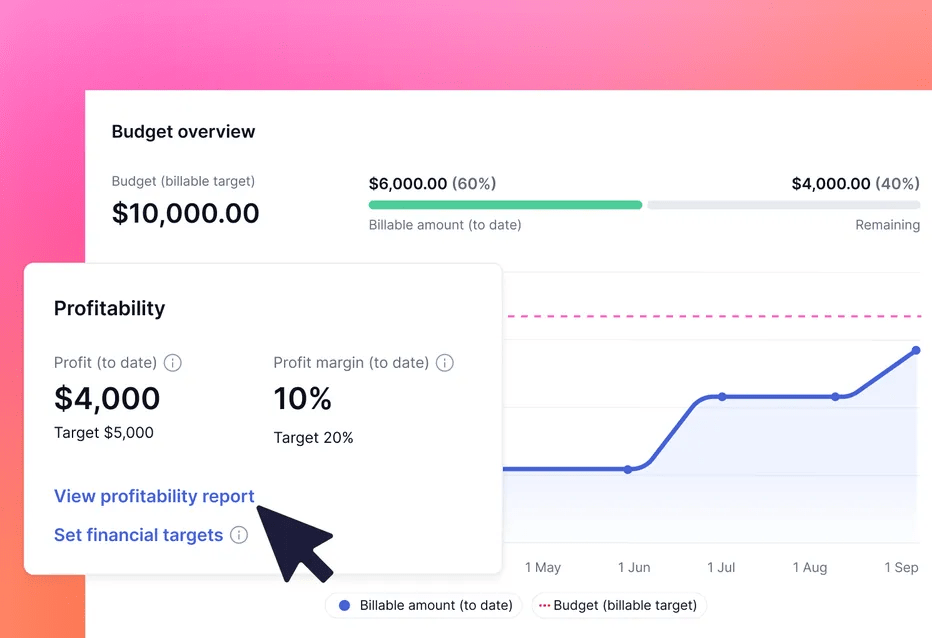
Teamwork.com sets itself apart as a project cost management solution with a laser focus on client services teams and billable work, making it a top choice for agencies, consultants, and professional services.
Its core USPs? Built-in time tracking and budgeting that are designed to maximize profitability. With Teamwork, you can set billable vs. non-billable rates, create project budgets by time or monetary value, and track logged hours in real time against those budgets.
As team members log time, you get instant visibility into overages, remaining budgets, and potential scope creep.
A Capterra review highlights some of the tool’s pros:
Comprehensive time tracking system with built-in design task categories and automatic billable hour’s calculation. Advanced portfolio management features that allow for simultaneous resource allocation and priority management.
📮 ClickUp Insight: 16% of managers struggle with integrating updates from multiple tools into a cohesive view. When updates are scattered, you end up spending more time piecing together information and less time leading.
The result? Unnecessary administrative burdens, missed insights, and misalignment. With ClickUp’s all-in-one workspace, managers can centralize tasks, documents, and updates, reducing busywork and surfacing the insights that matter most, right when they’re needed.
💫 Real Results: Convene unified 200 professionals into one ClickUp workspace, using customizable templates and time tracking to reduce overhead and improve delivery times across multiple locations.

Think of Jedox as a bridge between your raw data and actionable insights. It consolidates information from various sources, letting you build detailed financial models and run sophisticated simulations. It’s ideal for organizations that make financial and strategic decisions backed by reliable data.
As per a G2 review:
What I appreciated the most is how easy it is to get started. The intuitive interface and helpful resources made the onboarding process smooth, even for those without extensive technical expertise. Additionally, the integration with tools like Excel and cloud-based services ensures that transitioning to Jedox is seamless and efficient.
Workday Adaptive Planning is a cloud-based budgeting, forecasting, and reporting tool. It offers real-time financial insights to help teams monitor project profitability and keep budgets on track.
This project cost tracking software allows you to build dynamic models that boost agility and foster collaboration. Whether you’re in finance, sales, or HR, it streamlines planning to be faster, smarter, and more adaptable to change.
A TrustRadius review reads:
We use Workday Adaptive Planning for our yearly budget process and some reporting. Workday Adaptive Planning allows our users to make budget changes and see the net result of the changes immediately. This helps to get us to our target budget more quickly. We plan to utilize the active dashboards within Adaptive for even more real-time data and how it affects the overall organization.
So, we’ve waded through a sea of budget tools, from ClickUp’s colorful boards to Jedox’s data-crunching power and everything in between. Whether you’re building skyscrapers with Procore, forecasting futures with Anaplan, or just trying to keep your team from accidentally ordering a solid gold stapler with Teamwork.com, there’s a tool for you.
If you’re still feeling overwhelmed, just remember: your budget isn’t a mythical beast you have to slay; it’s more like that houseplant you keep forgetting to water.
Now, if you’re looking for a place to start, a tool that blends flexibility and power with comprehensive budgeting and financial management tools, why not give ClickUp a spin?
Sign up for ClickUp today and see how it can transform your project cost management!
© 2025 ClickUp